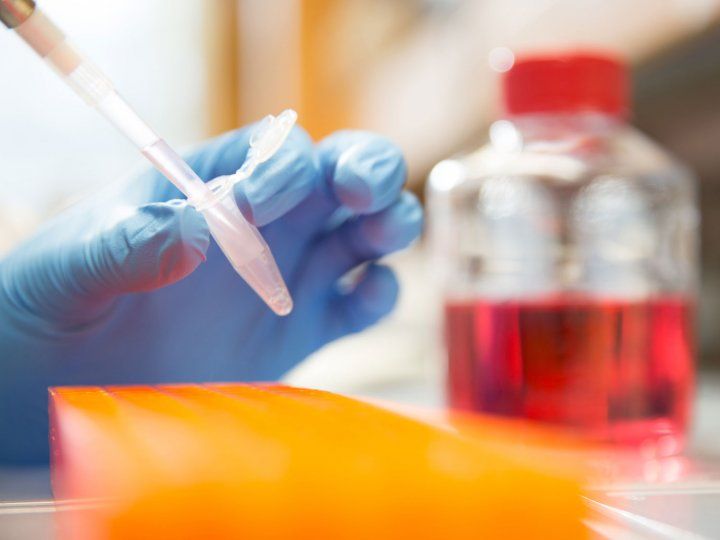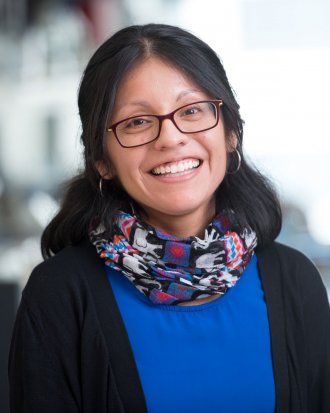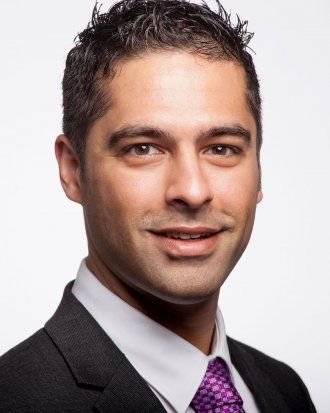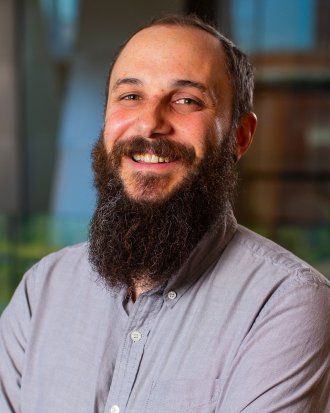3 UCSF Researchers Win NIH New Innovator Awards

Three UC San Francisco researchers have received 2020 New Innovator Awards, funding for “moon shot” research that may not otherwise receive funding.
The National Institutes of Health (NIH) works to give some of these moon shots a chance with its High-Risk, High-Reward Research Program.
“The breadth of innovative science put forth by the 2020 cohort of early career and seasoned investigators is impressive and inspiring,” NIH Director Francis S. Collins, MD, PhD, said in a press release about the awards. “I am confident that their work will propel biomedical and behavioral research and lead to improvements in human health.”
The UCSF researchers — whose work spans investigations into autism spectrum disorder (ASD), oncology, and mitochondrial disease — were among 85 awardees for the grants that the NIH says “will fund highly innovative and unusually impactful biomedical or behavioral research proposed by extraordinarily creative scientists.”

Mercedes Paredes, MD, PhD
Mercedes Paredes, MD, PhD, an assistant professor of neurology at the UCSF Weill Institute for Neurosciences, studies neuron development in the human brain. In her research, she has sought better ways to model how neurons grow and migrate during late stages of perinatal development.
“There is an unmet need in addressing how we manage and treat patients with neurodevelopmental disorders such as ASD and epilepsy patients due to our incomplete understanding of the mechanisms that underlie the disease,” she said.
Her NIH grant will allow her to continue studying how disturbances in the inhibitory neuron population can contribute to ASD and other conditions. By using the piglet brain, Paredes’ team hopes to gain insight into how the migration of these neurons before and after birth might result in neurodevelopmental disorders — with the goal of creating a new model for ASD. Visibility into these obscure stages of brain development will, Paredes hopes, also offer new possibilities for treatment and therapy.
“This research will create a platform to understand how disrupting late stages in cortical development can lead to neurodevelopmental disorders and reveal ways to therapeutically influence how neurons organize themselves, even after a child is born,” Paredes said.

Mekhail Anwar, MD, PhD
Mekhail Anwar, MD, PhD, is an associate professor of radiation oncology in the School of Medicine. He and his team want to be able to see how a tumor responds to immunotherapy in real time.
Immunotherapy holds much promise in cancer treatment, but a significant number of patients do not respond to it. The question for Anwar and his team is how to identify these patients quickly, and pivot to more effective therapies that may transform a non-responding "cold" tumor into a "hot" tumor — one that responds to treatment.
While it’s important to identify non-responding tumor early on, the only way currently is through biopsies, which are not feasible to do every day. Anwar and his team are working on a less-invasive way to see changes at a cellular level.
“Our lab is working on how to make microscopes on computer chips,” he said. “It will allow us to follow patients’ response at the cellular level in real time.”
His project is called Implantable Nanophotonic Sensors for Immunoresponse in the Tumor microEnvironment, or INSITE. The implant, about the size of a grain of rice, would reside in the tumor, take pictures, and send them wirelessly to researchers. They’d be able to see how cells were responding to treatment: dividing, shrinking, moving around. Doctors could then adjust treatment protocols accordingly, offering what Anwar calls “truly personalized therapy.”

Seth Shipman, PhD
Seth Shipman, PhD, is an assistant professor in the Department of Bioengineering and Therapeutic Sciences in the School of Pharmacy and an assistant investigator at the Gladstone Institutes of Data Science and Biotechnology. He received the NIH Director’s New Innovator Award for his work with the mitochondrial genome.
While advances in genetic engineering have yielded insights into new kinds of treatments for disease, that technology only applies to the genetic material in the cell nucleus. It can’t reach the approximately 16,000 nucleotides inside mitochondria, which are also responsible for the proper functioning of every cell. Mitochondrial DNA mutations can cause degenerative disease.
Shipman’s research is focused on overcoming the mitochondrial barrier, which would allow a better understanding of the mitochondrial genome and open new avenues to treat diseases by restoring healthy mitochondrial genomes to patients afflicted with mutations.
This year, the NIH awarded 85 grants through its High-Risk, High-Reward Research Program, totaling about $251 million over five years of exciting and creative moon shots.